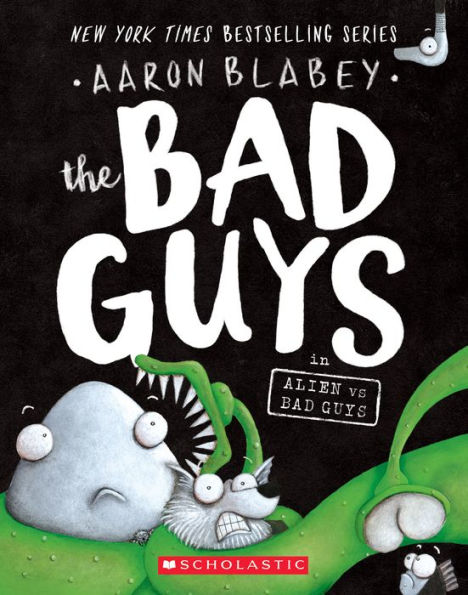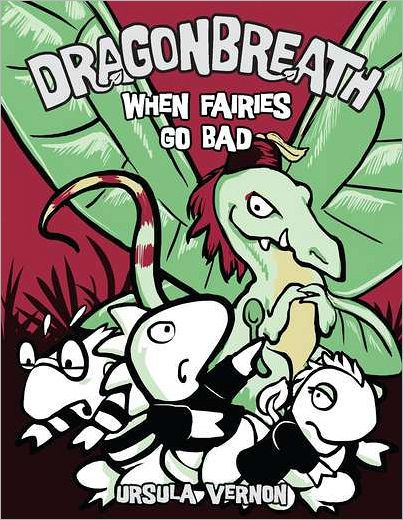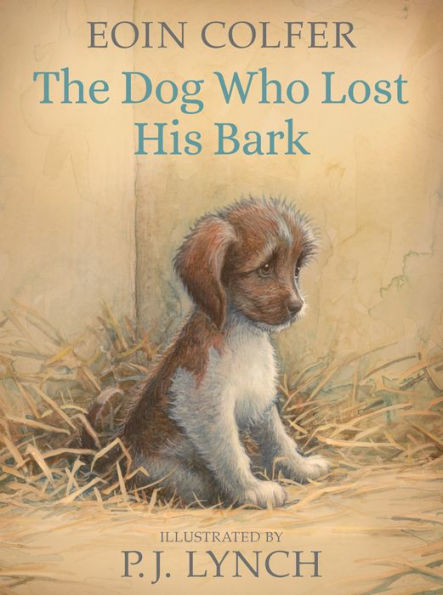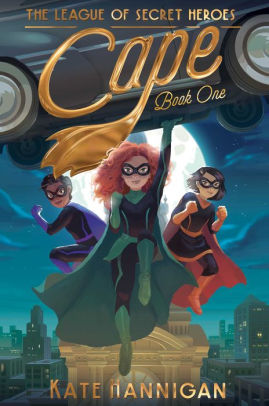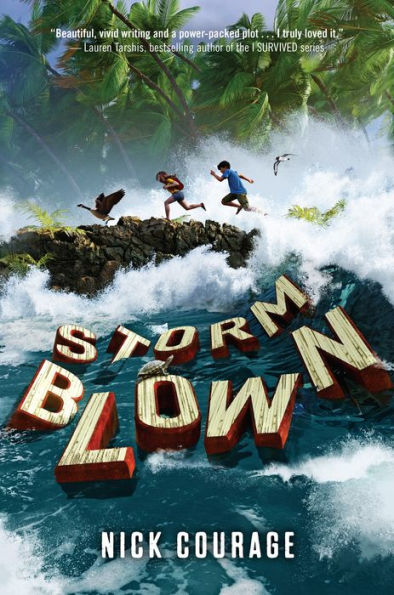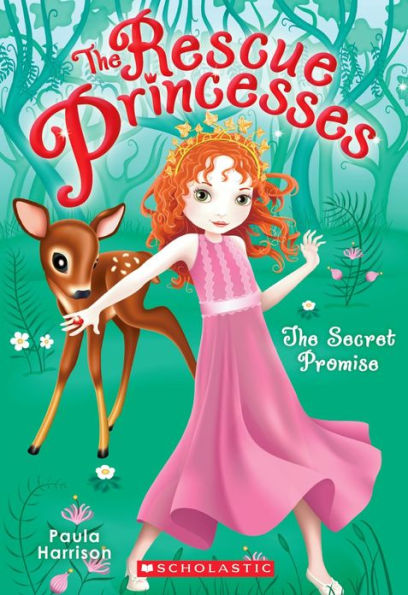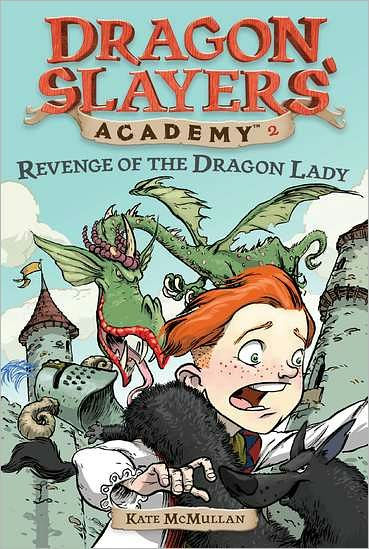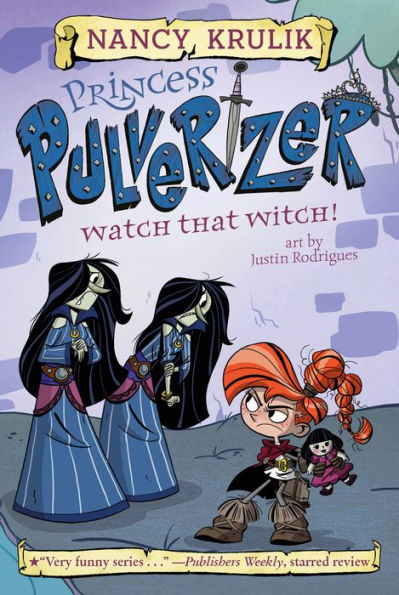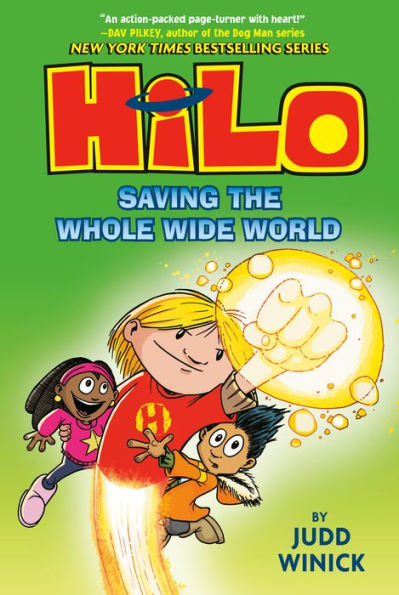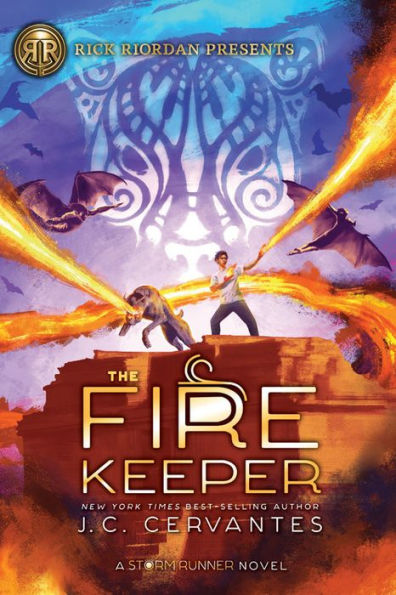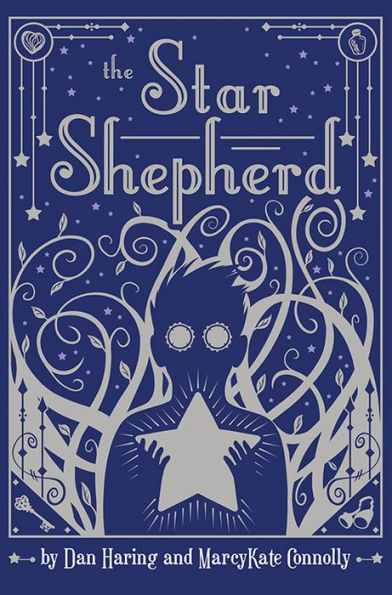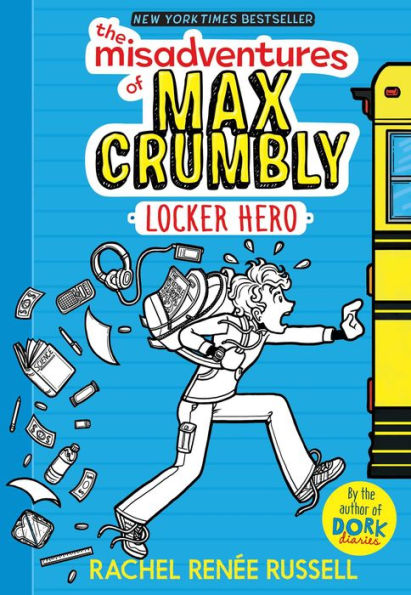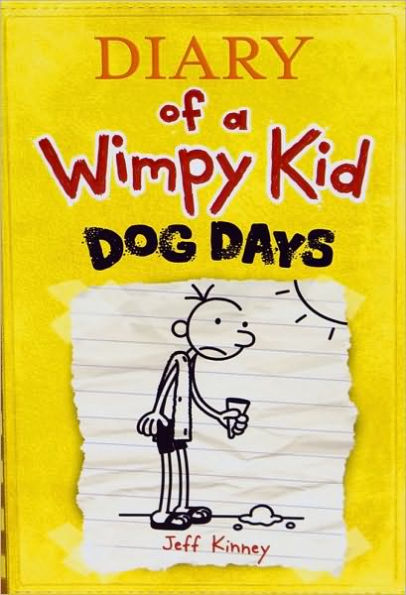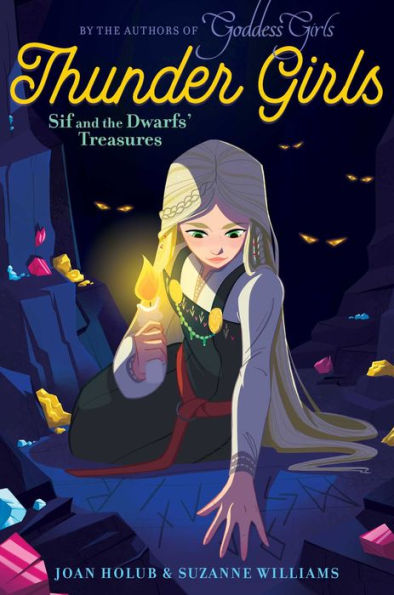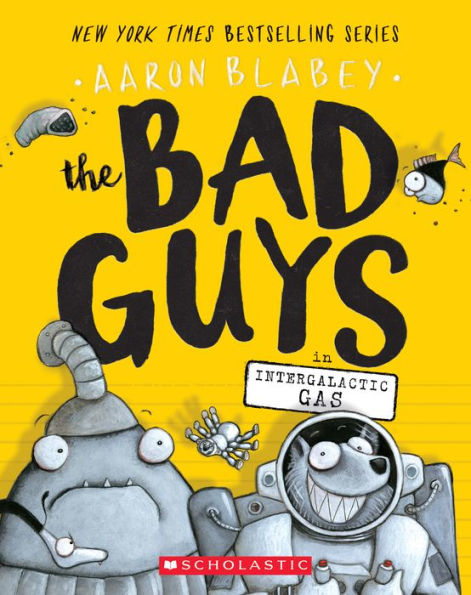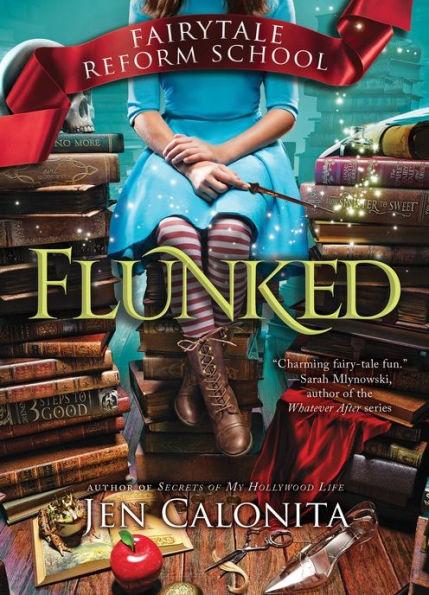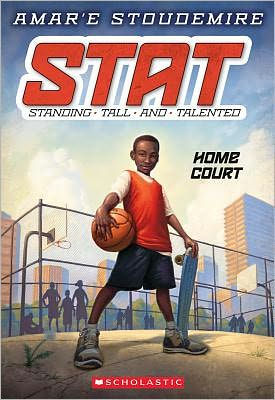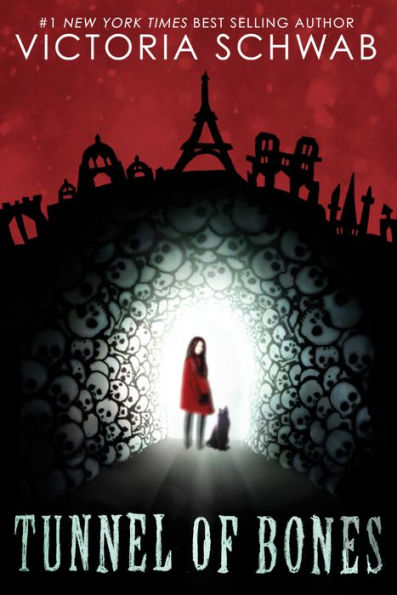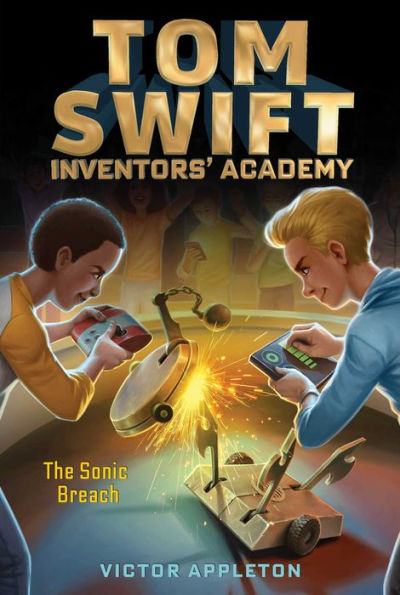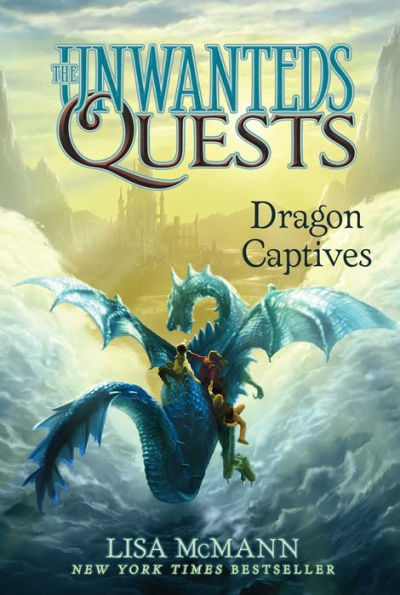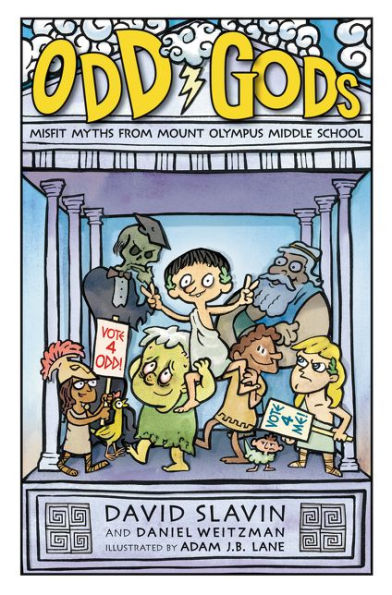The Bad Guys are stuck on the moon and an alien villain is trying to trap them! One by one, the Bad Guys vanish. An alien creature with tons of teeth and way too many butts is stealing them one by one. Snake is afraid he will be the next victim. Snake leaves his friends behind and blasts off in an escape pod. What will happen to The Bad Guys? Will this be the end of their story?
The sixth installment of The Bad Guys continues the story of the alien Marmalade who hopes to control the earth. The humor continues as The Bad Guys try to figure out how to defeat Marmalade and return to Earth. With non-stop action, a surprising plot twist, and an unexpected hero, readers will not be able to stop flipping the pages of The Bad Guys in Alien vs. Bad Guys. The story contains many comical events, and also uses humor that refers to butts.
Readers will relate to The Bad Guys, who argue with each other, but in the end always try to do what is right. The unique characters show bravery in the face of danger, even as they run from it. The Bad Guys Series will engage readers and help them build reading confidence. Each book begins with news reporter Tiffany Fluffit recapping the previous book’s events; however, readers will get maximum enjoyment if the books are read in order.
The Bad Guys in Alien vs. Bad Guys pulls readers into the text in various ways. The large text has nine or fewer sentences per page, and many of the words are huge and bold. In addition to the large text, black-and-white illustrations appear on every page. Some of the illustrations are full-page, while others appear in panels. The illustrations show the story’s actions as well as the characters’ facial expressions.
The Bad Guys in Alien vs. Bad Guys is a highly entertaining story that highlights the importance of helping your friends. Readers who enjoy the silly humor of The Bad Guys Series may also want to try the Fly Guy Series by Tedd Arnold. Both series focus on unexpected heroes in a comical way.
Sexual Content
- None
Violence
- In order to save his friends, Snake drives a robot and attacks the villain. The battle is illustrated over nine pages. At the end of the battle, Snake yells, “I just kicked your butts!”
- Wolf and his friends run to the escape pod. The alien and his friends chase the group. Wolf and his friends slip in slippery drool, but are able to escape.
Drugs and Alcohol
- None
Language
- The villain Marmalade is an alien and he has tentacles with butts at the end. The story has many references to the butts. For example, Piranha yells, “We have to go! It has too many butts! Too many butts!” Later Snake asks, “You really want to go looking for a creature with great, big, poopy butt hands?!”
- The story has some name-calling, such as “Mr. Farty-Pants”, “rotten little diablo”, and “butt handed monster.”
- Piranha yells at someone, “You are the most selfish, mean-hearted, son of a worm I’ve ever. . .”
Supernatural
- None
Spiritual Content
- None
